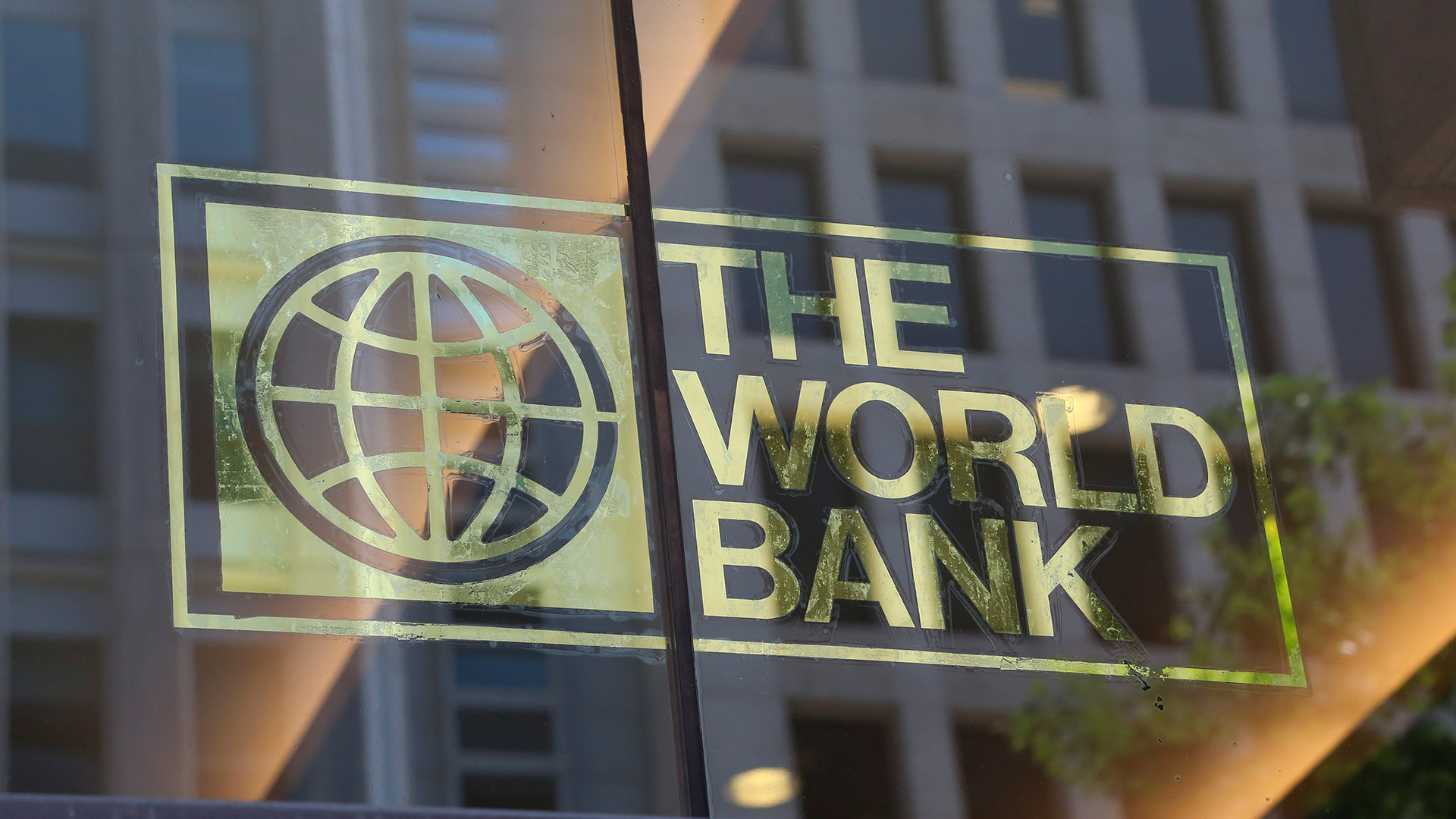The find was recently made under the floor of the nave of the church of Nuestra Señora de la Soledad, which was built in 1670.
The crypt, built with adobe bricks, lime and river stones, measures 60 meters long by six meters wide.
“In this crypt we have approximately fourteen individuals and they are increasing, as the excavation expands, more bodies are defined,” archaeologist Héctor Walde, head of the Lima archeology team, told AFP.
“These findings are exceptional because they are preserved in good condition,” said Walde inside the crypt, located 2.5 meters deep.
“The crypt was built as a basement and was used for almost 300 years,” he added.
The place was designed for the burial of the brothers or sisters of the old brotherhood of the Lady of Solitude, which brought together Spaniards and Creoles dedicated to the science of health. The brotherhood is based in Seville, Spain.
– Viceregal crypt –
In colonial times in Peru there were no public cemeteries and people, including Spaniards and Creoles, were buried in the crypts.
Among the remains found is a six-year-old indigenous girl, wrapped in cloth and with white cloth flowers in her hands.
“It is the best of the remains we have found,” explained archaeologist Hugo Benavides holding the skull of the girl who died of an infection.
People were buried in wooden coffins, in sarcophagi or shrouded with cloth and offerings such as chains, rings and detentes.
“The spaces of the churches of Lima in ancient times were to house the dead,” said Walde.
The funerary crypt functioned from 1674 to 1808, but the church still stands giving religious services.
“Lima was the most important capital of Latin America. From Lima all of South America was administered. Lima was the most important city of the Viceroyalty”, he added.
In the crypt, remains of coffins decorated with images of flowers and grains of corn, copper rings, buttons and tacks have also been found.
– “Christ of the Descent” –
An articulated wooden figure by the Spanish sculptor Pedro Noguera representing a recumbent Christ precedes the entrance to the crypt. It is the “Christ of the Descent”, a jewel of colonial baroque art from 1620.
In the 16th and 17th centuries, people wanted to be buried in these crypts in the belief that being close to the “Christ of Descent” assured them eternal life.
“People had the vision that being buried together with Christ would resurrect her,” layman Rafael Andrade, a member of the brotherhood of Our Lady of Solitude, told AFP.
“The church has survived earthquakes, governments, everything,” said Andrade, who recalled that in 2005 a fire almost destroyed it.
Archaeological research is key to enhancing the value of the Historic Center of Lima, according to scholars.
In May, a group of Peruvian archaeologists found a Spanish colonial-era cemetery with 42 human burials in a former hospital built in 1552.
Lima was founded on January 18, 1535 by the Spanish conquistador Francisco Pizarro. Since its foundation, it has become the capital of the territory that today corresponds to the South American country.














